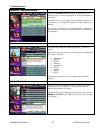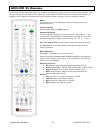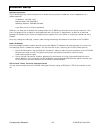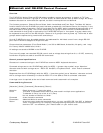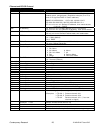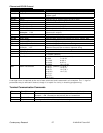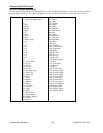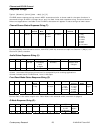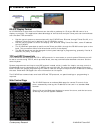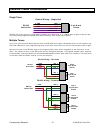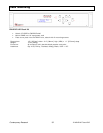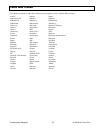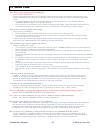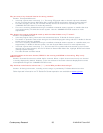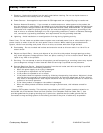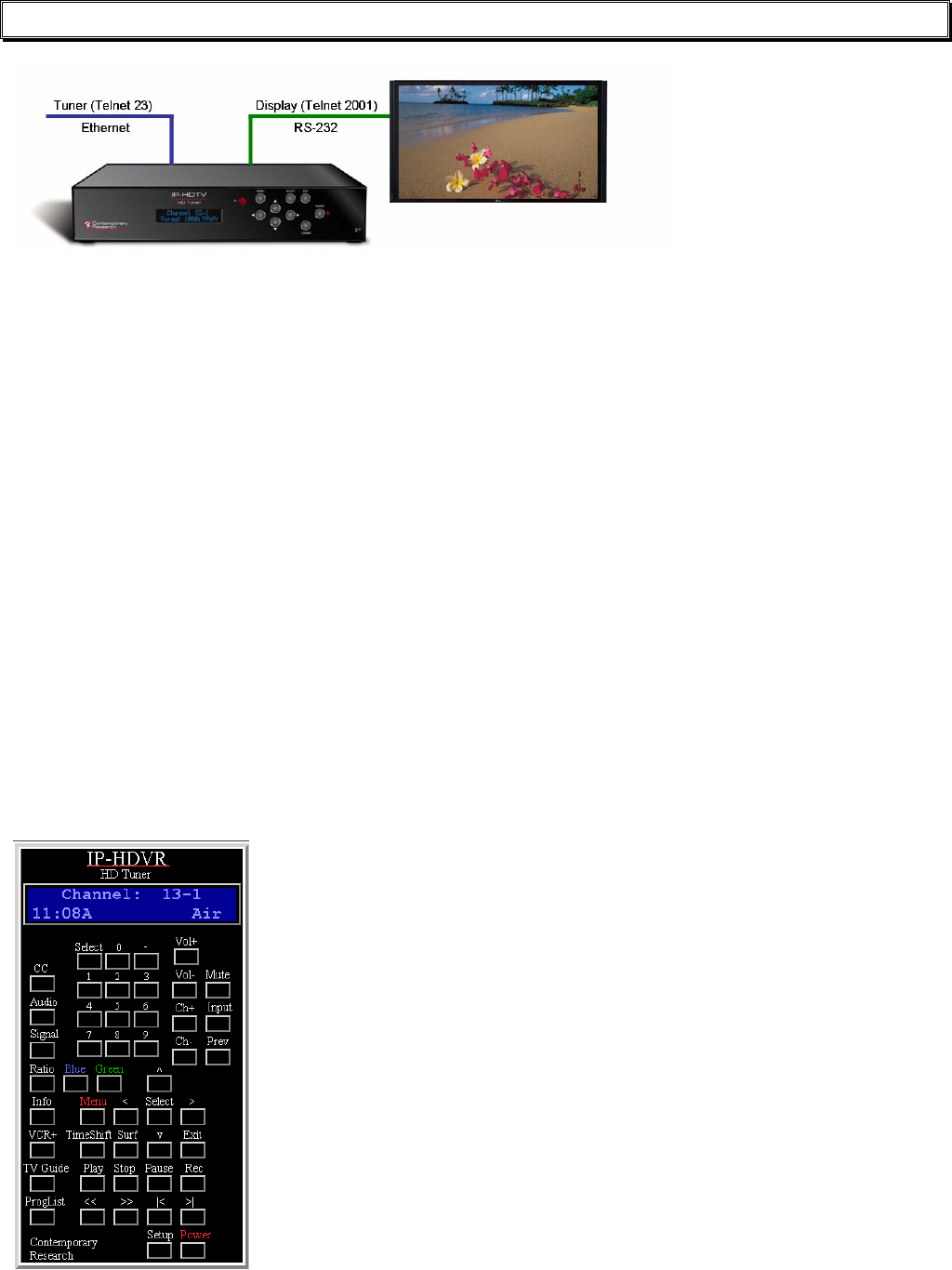
IP Control Options
RS-232 Display Control
An IP-HDVR that is controlled over Ethernet can also offer a pathway for IP-driven RS-232 control to a
display or projector. This application takes advantage of the fact that multiple Telnet ports can communicate
over the same TCP connection.
• Set the control system to communicate with the IP-HDVR over Ethernet through Telnet Port 23, or a
different Telnet port you’ve defined in the IP-HDVR for control.
• Set the control system to control the display over Ethernet using Telnet Port 2001, same IP address
as the IP-HDVR.
• The IP-HDVR will pass data to and from the Telnet port 2001 through the RS-232 control port on the
back. This connection offers full bi-directional control of the display.
• The RS-232 baud rate can be changed via front-panel settings or programming, presently fixed at 8
data bits, no parity, one stop bit.
TCP and UDP Connectivity
The IP-HDVR can be controlled via TCP or UDP protocols. In most cases, a control system Ethernet port will
be set to connect using TCP/IP, which provides direct, two-way communication between the tuner and the
control system.
System programmers could opt to use UDP protocol instead, which is useful for simple, one-way control or
broadcasting control commands to all IP-HDVR tuners on the LAN. The tuners can send status information
back via UDP, but system programming will need to read the strings to interpret which IP address is sending
the data. Check with CR Support for more information on this option.
The IP-HDVR can communicate over both UDP and TCP protocols, no special settings or programming is
required.
Web Control Page
The IP-HDVR features on onboard Web page for remote IP control of the
tuner, accessed by entering the IP address of the tuner in a standard Web
browser.
Simply click on the Web panel buttons to control the tuner, and the text area
at the top will provide system feedback.
Contemporary Research 30 IP-HDVR HD Tuner-DVR



